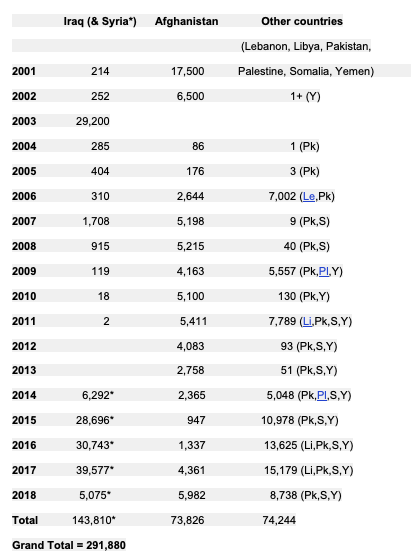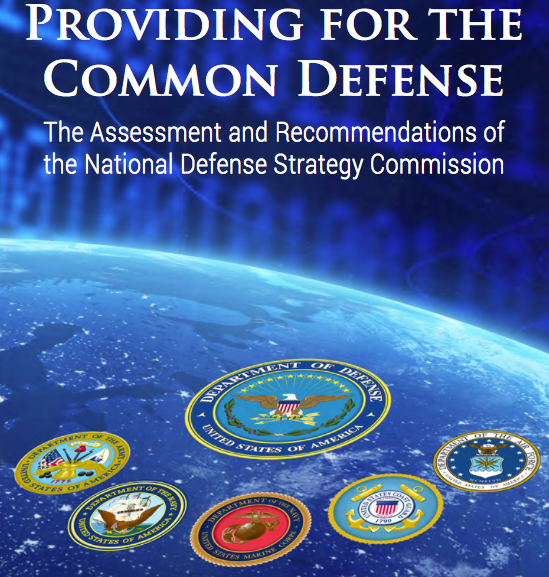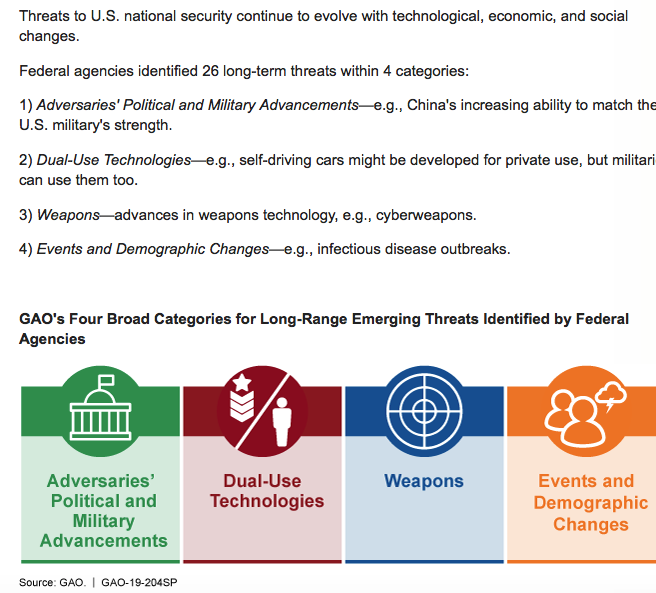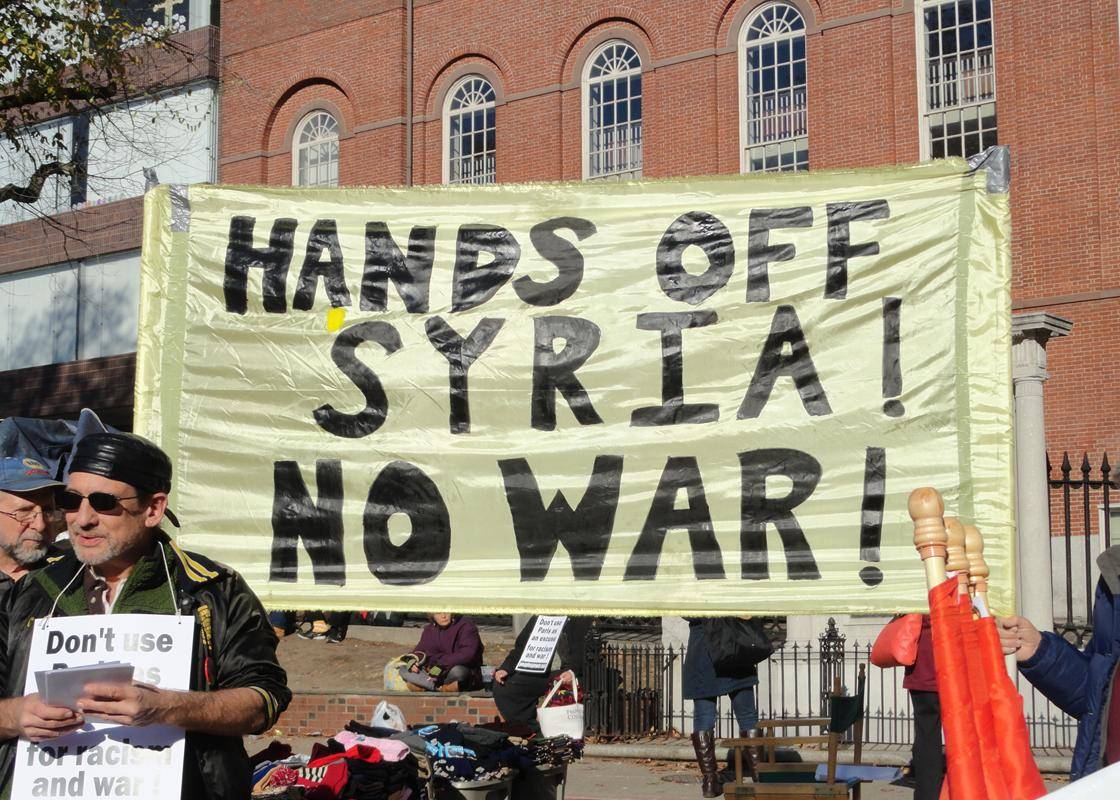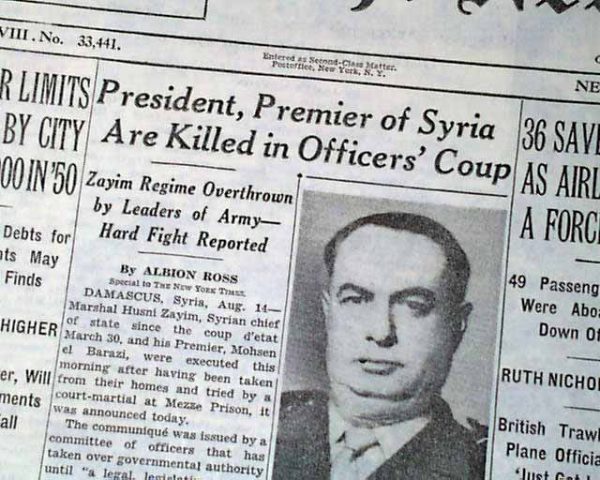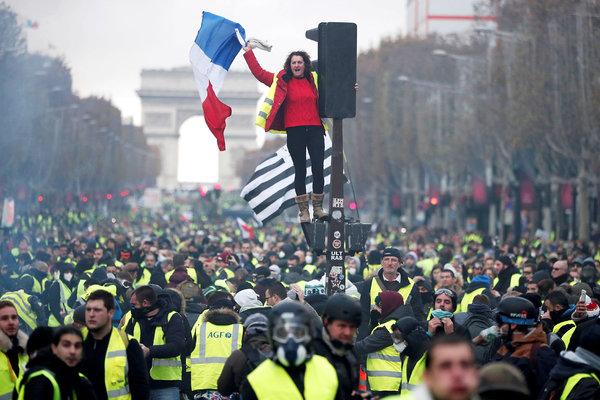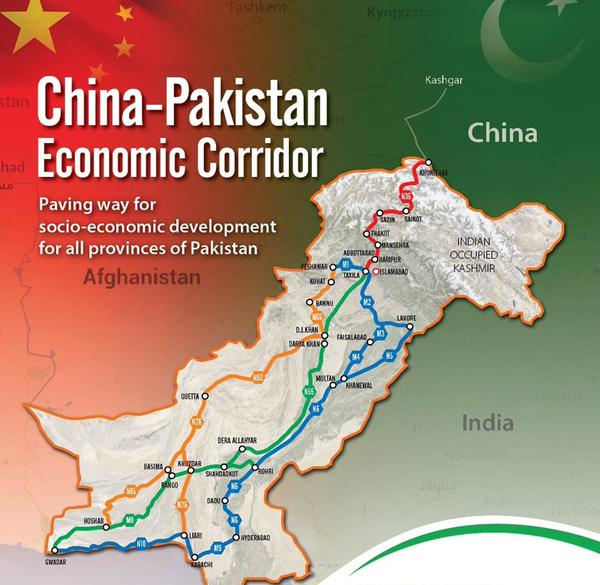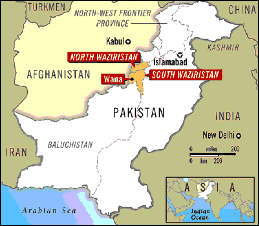I. Introduction
Financial accountability for the government is a cornerstone of a functioning representative democracy. The ability for the people to know where taxpayer money goes to is crucial to having an informed opinion regarding the actions of your representatives and to react accordingly.
Unfortunately, as we’ve discussed in previous articles, the current state of government accounting is far from ideal–often bordering on useless to the public.
This is largely due to lax enforcement of existing laws such as the CFO Act, but also stems from the very real tension between completely transparent government financial disclosure and national security interests. (see The U.S. Statutes Creating Modern Constitutional Financial Management and Reporting Requirements and the Government’s Failure to Follow Them, available here). As of the last few months, this tension has taken the future of government financial disclosure to the public to new levels of opacity. The Federal Accounting Standards Advisory Board (FASAB) has released Statement of Federal Financing Accounting Standards 56 (Standard 56); taking government accounting practices from laxly enforced reporting standards to a new benchmark entirely–expressly approved obfuscation of reporting and, in some cases, outright concealing financials.
This sounds fairly alarmist at first blush but, simply put, Standard 56 creates a set of situations where government entities may move numbers around to conceal where money is actually spent or even not report spending outright. Many of the concepts in Standard 56 are not new and have been discussed in FASAB reports for nearly a decade. However, these new changes make a substantial portion of government financial reporting so unreliable as to not be a useful tool to the public. (see FASAB Statement of Federal Financial Accounting Standards 56, available here).
In order to fully understand Standard 56, we will be taking a fairly deep dive on the new accounting standards it creates. From the history leading up to the new rules, to summarizing the exact changes of Standard 56. We’ve said that Standard 56 isn’t new, and this is true, it has hundreds and hundreds of pages of memorandums and the like which came before it outlining the exact parameters of these new reporting rules. For that reason, a complete summary of what a government entity must report will not be possible–or likely even useful–in an article of this length. That being said, we will explore the role of FASAB itself, the functional changes of Standard 56 and how it will impact the ability of the U.S. taxpayer to see how their money is spent.
II. History of the Federal Accounting Standards Advisory Board (FASAB)
FASAB came about as a response to the requirements of the CFO Act. We previously wrote about the CFO Act in (The U.S. Statutes Creating Modern Constitutional Financial Management and Reporting Requirements and the Government’s Failure to Follow Them, available here). Under the act, the individual Chief Financial Officers (CFOs) of covered federal agencies are responsible for preparing financing statements for regular audit in order to ensure accuracy in accounting. The CFOs also were tasked by the Act with integrating accounting and budget information into a form consistent with those used to make budgets, put together a uniform financial management system for their agency, and–perhaps most importantly–make sure that the system they put together allowed for actual useful measurement of the financial performance of the CFO’s agency.
However, the CFO Act was light on the details, and after the Act passed in 1990, there was a need to determine the actual details of the accounting standards required. Therefore, the Treasury, OMB, and Comptroller General signed a Memorandum jointly establishing the FASAB to “consider and recommend the appropriate accounting standards for the federal government.” (History of FASAB, available here). Until 1999, FASAB simply gave recommendations to those three sponsoring entities. Then, in 1999, FASAB was approved to set final generally acceptable accounting practices (GAAP) for the federal government, with only a 90 day review period by the sponsoring entities. In 2002, the Treasury was removed as a sponsoring entity, leaving the OMB and GAO as the only entities able to object to FASAB set standards. (see id.)
III. FASAB and Standard 56
As mentioned above, since 1999, FASAB sets the final GAAP for the federal government. These practices are then used throughout the federal government to determine the content and structure of the financial reports the CFO Act requires federal government agencies, departments, and the like to prepare. While the GAAP are not themselves literally binding law, they do show what the federal government considers to be compliance with the law. As long as an agency follows GAAP, there will generally be a presumption that it is also complying with the federal financial accounting requirements. Therefore, unless the underlying legislation is amended by Congress, FASAB essentially determines the extent of the federal government’s financial transparency. (see id.) With the official adoption of Standard 56 as of October 4, 2018–completely unchanged from the pre-comment period version from July of this year–FASAB has determined that national security concerns essentially trump the need for financial transparency to the public. So how does Standard 56 do this?
A. What does Standard 56 Do?
In the absolute most simple terms, Standard 56 allows federal entities to shift amounts from line item to line item and sometimes even omit spending altogether when reporting their financials in order to avoid the potential of revealing classified information.1 However, as with all laws, nearly every word in that sentence is a complicated concept to unpack. Who counts as a federal reporting entity? When and how can these entities conceal or remove financial information from their reports? What information can be removed? When does something count as confidential, and who makes that determination? All of these questions have enormous bodies of writing in FASAB memorandums addressing, and sometimes failing to address, their answers.
The simplest place to start with understanding Standard 56 is its scope. It applies to federal entities that issue unclassified general purpose federal financial reports (GPFFR), including where one entity is consolidated with another. This means it only applies to otherwise unclassified financial reports where there is a risk of revealing classified information; classified financial reports are their own can of worms. (see generally FASAB Statement of Federal Financial Accounting Standards 56, available here) Standard 56 also doesn’t remove the actual requirement to report, it just allows these entities to change their reports in ways that don’t reflect their actual spending. (see id.) However, for the purposes of government transparency, determining who is responsible for classifying information, and/or removing that information from unclassified reports, is quite opaque for the average interested citizen.
B. Reporting Entities Within the Scope of Standard 56
The actual reporting entities empowered by the standards of Standard 56 include organizations which are included in the government wide GPFFR. (see id.) This includes any entities that are (1) budgeted for by elected officials of the federal government, (2) owned by the federal government, or (3) controlled by the federal government with risk of loss or expectation of benefits.” (FASAB Statement of Federal Financial Accounting Standard 47, pg. 1, available here).
However, many different departments, bureaus, and agencies prepare their own GPFFRs as well. The various entities that both prepare their own GPFFR, and are within a larger reporting entity are called Component Reporting Entities. This includes executive departments, independent agencies, government corporations, legislative agencies, and federal courts. (id at 7). Their GPFFRs are then consolidated into the government wide GPFFR.
Under the Component Reporting Entities and included in their GPFFRs, are various other organizations, from smaller departments, to government contractors, which are split into two categories: disclosure entities and consolidation entities. (see id.)
Consolidation entities are entities like agencies and departments. A consolidation entity is generally (1) financed through taxes and other non-exchange revenues, (2) is governed by the Congress and/or the President, (3) imposes or may impose risks and rewards to the federal government., and (4) provides goods and services on a non-market basis. (see id. at 16). For instance, a department or corporation established by Congress to perform a government function is a classic example of a consolidation entity. Consolidated entities are reported by a larger entity as part and parcel of their financial reporting–as if they were one economic entity. We will discuss this type of entity later in great depth, as it constitutes one of the largest potential loopholes of Standard 56. (see id.)
Disclosure entities are financially independent organizations. These organizations still need to be included in the government wide GPFFR, but do not fully meet the four characteristics of consolidated entities above. They includes quasi-governmental entities, organizations in receiverships and conservatorships, and organizations owned or controlled through federal government intervention actions. (see id. at 16). A good example would be a government established non-profit that has a significant portion of their board appointed by the President, but are entirely funded by their own activities.
Additionally, there are “related parties,” which are organizations where at least one of the parties involved have the ability to exercise significant influence over the policy decisions of the other party. This significant influence does not need to amount to control, but can include things such a representation on a board of directors, participation in policy making procedures, shared managerial personnel, and things along those lines. The existence of significant influence is generally determined through a full analysis of the particulars of each situation. This classification is usually applied to organizations that do not even rise to the level of a disclosure entity, but nonetheless would be misleading to exclude. Some common examples of related parties are some government sponsored enterprises and organizations governed by representatives from each of the governments that created the organization, including the United States, wherein the federal government has agreed to ongoing or contingent financial support to accomplish shared objectives. Related entities generally do not include government contractors, government vendors, some non-profits, organizations created by treaty, or special interest groups–although they can in the right circumstances. (see id. at 7 and 31-33)
However, there are also certain entities that would probably be consolidation or disclosure entities, but are expressly excluded from the government wide GPFFR: the Federal Reserve System, and bailout entities. (see Financial Report of the United States Government 2016, pg. 227, available here). In particular, this includes entities like Freddie Mac and Fannie Mae. (see id.) If the government obtains rights in another entity which would give them the sort of control that normally makes a disclosure entity, but gains those rights when it “guarantee[s] or pay[s] debt for a privately owned entity whose failure could have an adverse impact on the nation’s economy, commerce, national security, etc. . .” those rights don’t count for determining a reporting entity. (id).
This means that in addition to consolidation and disclosure entities. the scope of Standard 56 stretches to any organization which it would be misleading to exclude but isn’t otherwise incorporated into their list of covered entities. Because of this, although there is not a exhaustive list of who’s financial reporting is impacted by Standard 56, if you can think of an entity related to the government it is a safe bet they count as a covered reporting entity. This can include publicly traded corporations with significant funding and/or control from the federal government.
C. Changes to Disclosure Standards Under Standard 56
For these covered entities, Standard 56 offers financial reporting exceptions in a few situations for national security purposes. These reporting exceptions are the meat of Standard 56, three rules substantially modifying the reporting requirements of the above discussed entities to varying degrees. (see FASAB Statement of Federal Financial Accounting Standards 56, pg. 6, available here).
In general, disclosure entities are required to provide their financial reporting in a manner which is clear, concise, meaningful, and transparent (see FASAB Statement of Federal Financial Accounting Standard 47, para 71-73,, available here). This is done through a single, integrated report of finances disclosing the relationship of the organization to the the government and related entities, the nature and magnitude of their activity and their financial balances, and a description of financial and non-financial risks, potential benefits and, if possible, the amount of the federal government’s exposure to gains and losses from the past or future operations of the disclosure entity or entities. (see id. At para 74) This generally includes how much control or influence over the entity is exercised, key terms in their contractual agreements, percentage ownership and voting rights, a summary of assets, liabilities, revenues, expenses, gains, and losses, key financial indicators, information on how their reports are stored and can be obtained, and quite a bit more. (see id.) Essentially what is required is a transparent summary of how money is spent to provide accountability to the public. Standard 56 creates three loopholes to this disclosure standard.
D. Modifications to Avoid Disclosure of Classified Information
The first new loophole allows disclosure entities to modify their financial reports to “prevent the disclosure of classified information in an unclassified GPFFR” so long as these modifications do not change the net results of operations and net position. (see FASAB Statement of Federal Financial Accounting Standards 56, pg. 6, available here).
This ultimately means that, when done to conceal confidential information, entities can–and are essentially required to under the terms of Standard 56–shift money from one line item to another so long as the totals stay consistent. The rule also allows entities to omit the line item entirely while retaining the amounts so as to maintain the same net results. This means that readers of these reports will never know if the amounts reported spent on specific projects or things is an accurate representation. (see id.) As you might expect given the rationale of this being a national security precaution, there will not be any narrative in these reports explaining or revealing where a modification has taken place. (see id.) If they can maintain net position in their reports, an entity can even omit a project entirely by folding it into another department or project within the same entity.
While it could obviously be worse for transparency purposes, the alternative would be that the amounts would just be omitted entirely. That brings us to the next two changes to accounting standards created by Standard 56.
E. Reporting on Consolidation Entities
We briefly discussed consolidation entities above as one of the larger loopholes to reporting within Standard 56. This is because the second change to reporting requirements of Standard 56 allows the reporting entity which the consolidation entity is consolidated with to modify reports to avoid disclosure of confidential information even if that modification changes net results of operations or net position. The reporting entity can move the financials of the consolidation entity or even choose not to include it in its report; full stop. (see FASAB Statement of Federal Financial Accounting Standards 56, pg. 6-7, available here).
The concept of consolidation entities being incorporated into the reports of a larger reporting entity is far from new. FASAB has memorandums detailing the rules regarding consolidation from as far back as 2012. (see FASAB Federal Reporting Entity Memorandom, November 29, 2012, available here). By itself, it is not a particularly problematic issue. Under FASAB rules, consolidation in financial reporting is appropriate for those organizations financed by the taxpayer, governed by elected or appointed officials, imposing risks and rewards on the taxpayer, and providing goods and services on a non-market basis. However, consolidation is not appropriate for organizations operating with a high degree of autonomy. (see id. At 7).
In general, where an organization is controlled by the federal government and stands to make or lose money, but doesn’t have enough independence for a disclosure entity, it is included somewhere as a consolidation entity. (see FASAB Statement of Federal Financial Accounting Standard 47, pg 14-15,, available here). As you’ve seen, the determination of what sort of entity something is hinges a great deal on the level of autonomy of the entity–the greater the control the government has the more likely something will be classified as a consolidation entity. This control doesn’t mean the government has to actively manage on the day-to-day, but does require that an examination of–among other things–whether the government can do things like appoint a majority of board members, dissolve the organization, authorize or deny action within the organization on some or all issues, or direct the policies or use of assets within the organization, and/or direct investment decisions. Consolidation entities are only assigned to one component entity and, in general, where that sort of control exists for a consolidated entity the public would rely on the larger reporting entity for information on the consolidation entity’s financials. (see id.). Under the second accounting standard change within Standard 56, the public can’t even count on these financials being reported in the first place. (see FASAB Statement of Federal Financial Accounting Standards 56, pg. 6-7).
F. Interpretations Modifying Reporting Standards in the Future
The final change to accounting standards within Standard 56 doesn’t do much at the moment, but has the greatest potential to undermine financial transparency in the future. It allows FASAB to issue Interpretations of Standard 56 in the future which would allow other modifications to financial reports for the purpose of avoiding disclosure of classified information. FASAB can, and likely will, release these Interpretations over time. These Interpretations can allow modifications to reporting without regard for maintaining an entity’s net results or net position in their reporting. Those interpretations may even be classified themselves (Appendix A, A16), resulting in a portion of the federal government’s accountability standards being concealed from the public. (see FASAB Statement of Federal Financial Accounting Standards 56, pg. 6-7).
Looked at in the most optimistic light, this will allow FASAB to ensure that Standard 56 isn’t abused and issue rulings of when disclosure is necessary in situations not yet considered. Looked at in a less optimistic light, this means that the ability of the government to obfuscate financial records will continue to grow in the coming months and years, without public oversight, as Interpretations add to or clarify these existing loopholes.
IV. Administrative History of Statement 56
Statement 56, and its reporting exceptions, have been in the works within FASAB for months. When an issue is identified, FASAB performs preliminary deliberations, prepares the initial documents, and then releases a review version to the public for comment and public hearings. After the comment period, FASAB enters further deliberations to consider the comments, and make revisions. Then, the Board approves the proposed statement by a two-thirds majority vote, and submits it to the principles (the OMB and the GAO) for review. If neither principle objects to the proposal after 90 days, it is published by FASAB and is added to the GAAP for federal entities. (Definition: FASAB (Federal Accounting Standards Advisory Board), available here).
For Standard 56, the exposure draft was published on July 12, 2018, with comments due by August 13, 2018. 17 comments were submitted by various departments, agencies, and accounting firms (see FASAB Classified Activities, available here). The final Statement 56 was published on October 4, 2018, with little if any change from the exposure draft. However, the comments on Statement 56 are themselves interesting and somewhat enlightening.
A. Commentary On Required Disclaimers
FASAB proposed two possible alternatives for disclosure/disclaimer requirements under Standard 56. Either reporting entities could be given a choice in whether or not to consistently disclose that certain presentations may have been modified, or all reporting entities must disclose the possibility that certain presentations may have been modified, regardless of actual modification. (see FASAB Exposure Draft Interpretation of Federal Financial Accounting Standards 56: Classified Activities, available here).
The SEC gave a fairly entertaining comment on Standard 56. After answering “No Comment” to literally every preceding question, the SEC gave it’s thoughts on FASAB’s proposal for how component entities should disclose that they have modified their reports. The SEC, the nation’s foremost agency in the fight against financial fraud, doesn’t think that every component entity should have to disclose that modifications may have occurred, and especially the SEC shouldn’t have to. The reasoning the SEC gave for this position was that they “believe that this would be misleading and likely to cause confusion for financial statement readers, by implying that SEC is involved in classified activities. It’s likely that SEC, as well as other agencies, would receive numerous inquiries from the public and from the media by including such an unexpected disclaimer in its financial statements.” In other words, they’re worried it would look strange to the public if they disclosed that they had modified their financial reporting, despite no such modification. The public may think it odd that component entities such as the SEC would make such a, in their own words, “unexpected disclaimer.” (FASAB Exposure Draft: Classified Activities SEC Comment, available here).
Veterans Affairs and the Association of Government Accountants had a similar stance, and while they commented on other aspects of Standard 56 as well, they joined the SEC in criticizing a mandatory disclaimer, and suggested disclaimers would only be appropriate when GPFFRs were actually modified (see FASAB Classified Activities, available here).
Several other commenting parties had a different take on the required disclaimers. For instance, the Department of Defense’s Office of The Chief Financial Officer and the Department of the Interior, wanted agencies to have the option to give a disclaimer or not, irregardless of whether or not they made changes to classified information under the new standard (id). The Department of Energy’s Office of The Chief Financial Officer even felt it would be appropriate to have no disclaimers whatsoever, even if GPFFRs were materially modified (id).
B. Federal Commentary on Standard 56 Generally
Various government agencies commented on the “meat” of Standard 56, and most were in favor2 of FASABs proposals in general. For instance, Housing and Urban Development had fairly positive comments across the board, and deferred greatly to the need to classify information. The organization agreed with all of FASABs methodology and conclusions, and stated the new standards would strike a correct balance between protecting classified information and a commitment to open government.
However, oddly enough, the Department of Defense Office of the Inspector General was particularly concerned with the proposed Statement. They wrote “[t]his proposed guidance is a major shift in Federal accounting guidance and, in our view, the potential impact is so expansive that it represents another comprehensive basis of accounting.” (FASAB Exposure Draft: Classified Activities, Department of Defense Office of the Inspector General Comment, available here). They suggested already existing methods like redaction are sufficient to protect classified information, and stated the FASAB “should clarify whether this proposed standard, or subsequent Interpretations, could permit entities to record misstated amounts in the financial statements to mislead readers with the stated purpose of protecting classified information. We believe that no accounting guidance should allow this type of accounting entry” (id).
Additionally, while not quite as critical as the Inspector General, the Treasury expressed concerns about the modification of net results of operations and net position.
C. Concerns From Accounting Firms
The accounting firm Kearney & Company had a more critical take on the proposed standard as well. They worried that “[t]he FASAB’s proposed approach could result in material omissions in GPFFR. . . If GPFFR can be modified so material activity is no longer accurately presented to the reader of financial statements, its usefulness to public users is limited and subject to misinterpretation.” (FASAB Exposure Draft: Classified Activities, Kearney & Company Comment, available here)
The accounting firm KPMG was more concerned with clarity consistency, stating that because of potential classified interpretations, only some people with clearance will be able to understand the complete set of GAAP. Because of this, “[i]t is not clear how management of each federal entity will be able to assert that their GPFFR have been prepared in accordance with GAAP when management does not have access to all of GAAP.” (FASAB Exposure Draft: Classified Activities, KPMG Comment, available here)
V. The Results of Statement 56 For the Public
There is a legitimate existing tension between the need to protect confidential government information and the public’s interest in financial transparency and accountability. Standard 56 isn’t without possible justification. That being said, the concerns of both the accounting world and many within the federal government itself are extremely valid.
Statement 56 undercuts the reliability of government accounting standards and financial statements to such a degree as to render an already questionably valuable reporting tool virtually useless to the public. The possibility of false or omitted information renders the reports largely unreliable as to actual amounts, as does the fact that even an accurate report is rendered questionable by the very existence of modifications are not necessarily exposed. Classifying portions of the federal GAAP mystifies the process even further, and the fuzzy definitions of reporting entities leaves the potential for this to touch not only direct government entities, but government contractors other private (but federally entangled) entities. The general disclosure of the government–requiring all reporting entities to report the potential of modifications whether or not they actually exist in their report while simultaneously forbidding the actual disclosure of the actual existence of any modifications–is essentially a worst case in terms of transparency for the public.
VI. About Us
This article was written and edited by Michele Ferri and Jonathan Lurie of The Law Offices of Lurie and Ferri for use by the Solari Report. Michele Ferri and Jonathan Lurie and both practicing attorneys out of California. The Law Offices of Lurie and Ferri focus on working with start-up businesses as well as on intellectual property and business law issues. They can be found at http://www.lflawoffices.com/ or contacted at [email protected].
Our thanks to the Solari Report for having sent us this important article for posting on Global Research.
Sources
Notes:
1 The extent of what qualifies as classified or confidential information is determined by Executive Order 13526 (the most recent standard set back in 2009), changes over time, and could fill a book by itself. (https://www.archives.gov/isoo/policy-documents/cnsi-eo.html).
2 The Departments of Veterans Affairs, Housing and Urban Development, Energy, and The Interior, all had agreement with the proposed standard more or less across the board, with a few exceptions for disagreements about the disclaimers.


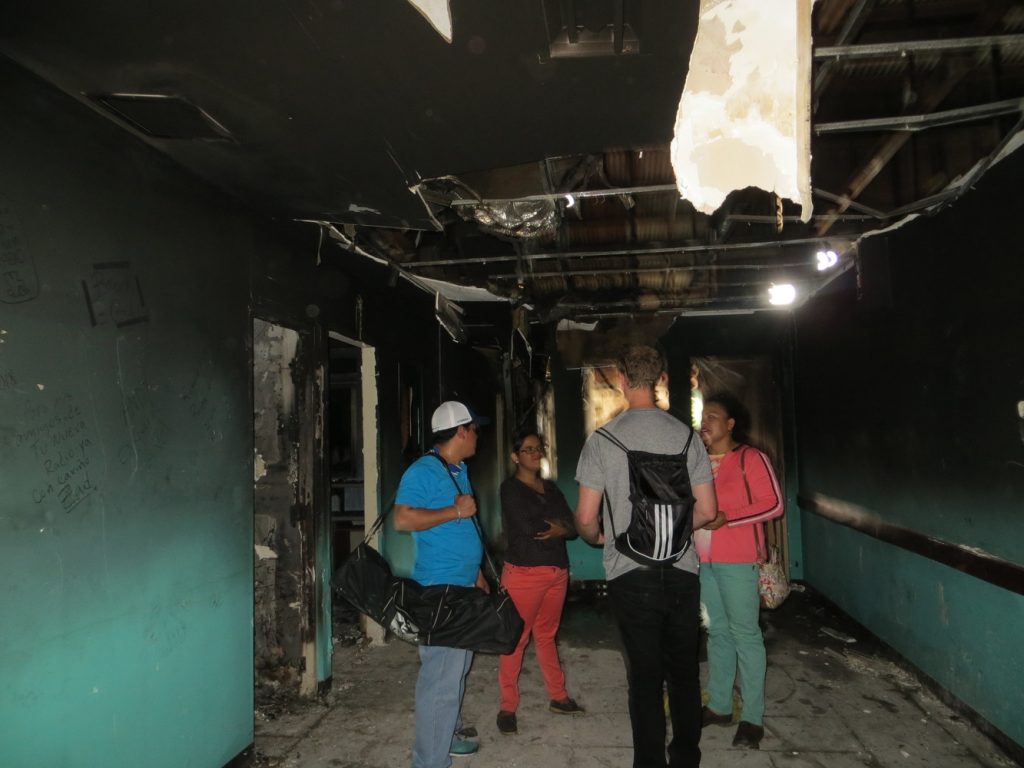




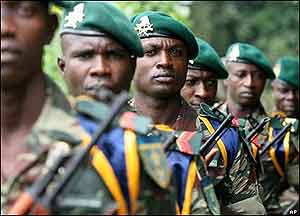
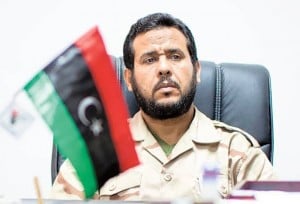
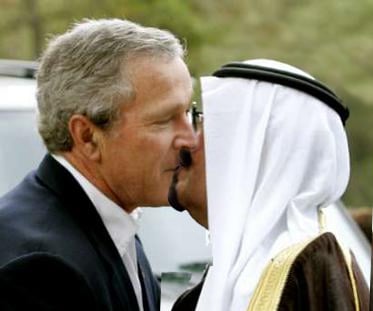
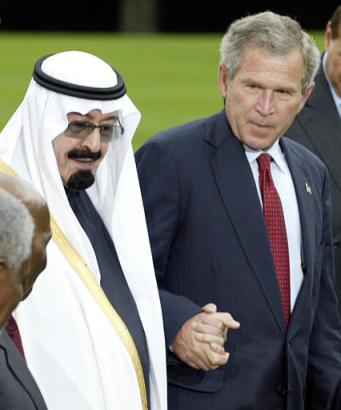
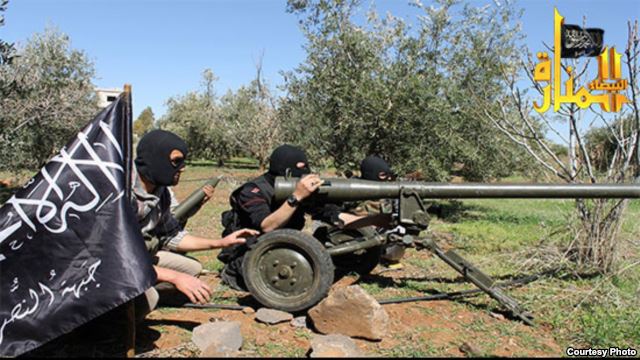


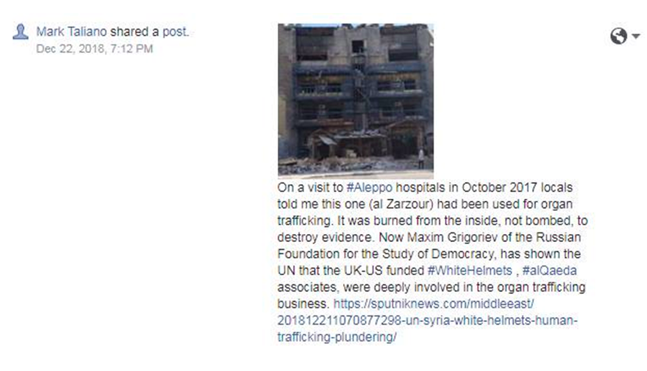

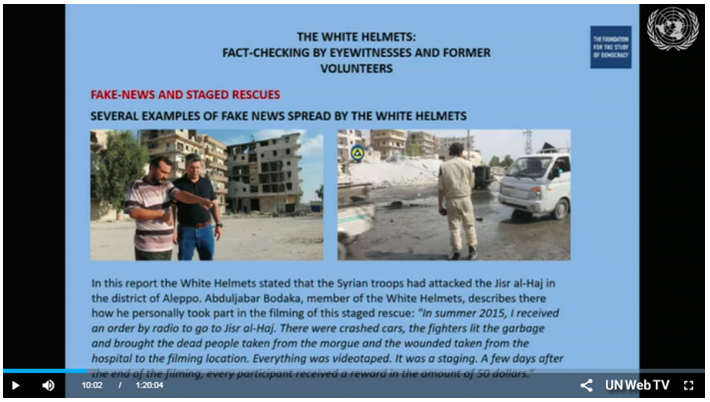
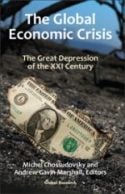
 ations – from an outstanding list of world-class social thinkers.”
ations – from an outstanding list of world-class social thinkers.”
